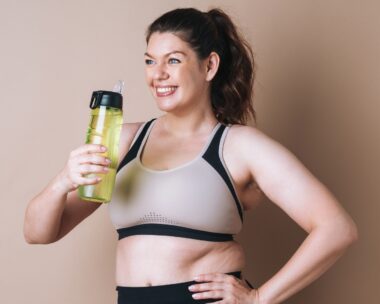For a brief moment, I think I’m being tested. I’ve asked Donna Kerridge where she’s holding her workshop on Māori medicine, and her reply is “the place where the tuataras are”. Which sounds wonder-fully mystic and esoteric but, um, I don’t know where tuataras live. I just figured they were in the bush somewhere. Then she clarifies, “There are tuataras painted on the sign, outside the hall, in Piha…” Gotcha.
As health woes like anxiety and obesity continue to plague our modern lifestyles, many people are turning to complementary medicine for answers. From wellness weekends to meditation apps, business is booming. But most of us know next to nothing about indigenous medicine, despite some of the remedies being under our very noses (if we’re going for a bush walk, that is).
Māori medicine – known as rongoā Māori – takes us beyond manuka to the veritable medicine cabinet hidden within our native flora: kohekohe for period pain, karamū to help manage type II diabetes, mingimingi to soothe children’s coughs… It also incorporates physical techniques such as massage, spiritual healing, and a community-minded approach to health.
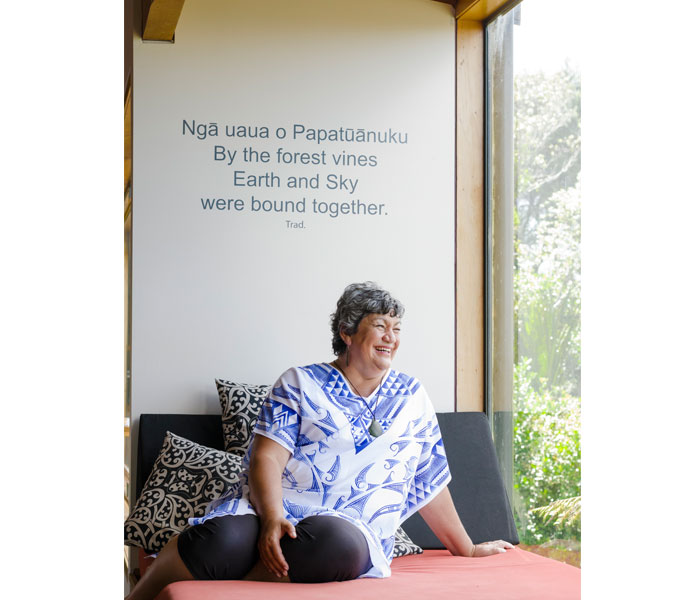
Kerridge – a naturopath and medical herbalist – is seeing a growing interest from Kiwis keen to learn about this traditional way of healing.
The 55-year-old believes we could all use a little more ancient wisdom in our lives, and she’s dedicated herself to meeting that need. To do that she’s stepped away from a high-pressure career running an IT company, rented out her Auckland house, and has taken her wellbeing message to the road.
I meet Kerridge at the large campervan that is now her home. The number plate reads Ora NZ – the name of her natural therapy clinic. Dressed in a koru-printed kaftan, the grandmother of seven ushers me inside, brandishing a plate of avocado and chilli crackers, while simultaneously shooing her husband Paul out the door.
It’s raining, but he doesn’t complain. They have the relaxed manner you would expect of people who can wake up in the morning and decide to drive to whichever picturesque part of the country takes their fancy.
“Me practising rongoā Māori, Paul fishing,” Kerridge explains.
Today she is parked at Auckland’s Ardmore Airport, in view of the small planes taking off on practice flights. Tomorrow the outlook will be the black sand of Auckland surf beach Piha, where 15 people have paid $300 each for a two-day workshop.

Over the weekend the group, ranging from primary school-aged to retired, will learn how to recognise native plants (even in the dark), hear some of the stories – good and bad – about their use, and eventually mix up some of their own remedies.
Knowledge of the Māori language is not remotely necessarily – Kerridge doesn’t speak it fluently herself, much to her chagrin.
“I just use a little bit in my workshops, so that to everyone else it looks like I can,” she deadpans.
Kerridge never intended to work in health, Māori or otherwise. In fact, if you’d told her 15 years ago this would be her life today, she would probably have laughed heartily on her way to catch an early flight for a business meeting.
She clearly remembers her first moment of professional aspiration: 22 years old, sitting on the front porch of her Air Force Married Quarter home, her babies, aged one and two, napping, and her husband away on an overseas deployment.
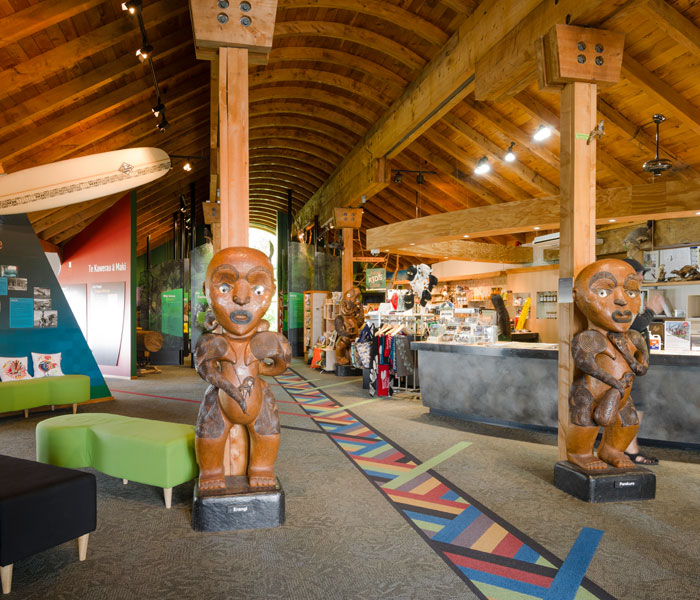
Flicking through the newspaper, Kerridge decided she was “going to have one of the big jobs advertised in the Wednesday section of the Herald”. By 30, armed with a marketing and public relations diploma, she had achieved that, working her way up the corporate ladder before starting her own IT project manage-ment business in her 40s.
Kerridge’s schedule back then was, by anyone’s standards, pretty insane. For three years straight her alarm sounded at 3am on Monday to catch the first flight to Sydney; returning at 1am Saturday – enough time to watch her kids play sport before hitting repeat.
One time she was in such a rush she arrived in Sydney only to discover she had not packed a single item of clothing, just computers. Unfazed, she bought five outfits on the way to the office. She loved the lifestyle, the teamwork, and the satisfaction of solving problems, but after 15 years “I felt I was reaching my use-by date”.
For Kerridge, the signs weren’t burnout, but feeling she had lost touch with her practical side. There was one incident in particular that bothered her. She was baking and didn’t have a rolling pin.
“I thought ‘The shop’s shut; now what am I going to do?’ I was about to bin it when somebody said ‘use a wine bottle you fool!’
“When you’re living that kind of lifestyle there isn’t anything that money can’t solve, and so I think you lose a little bit of your common sense.”
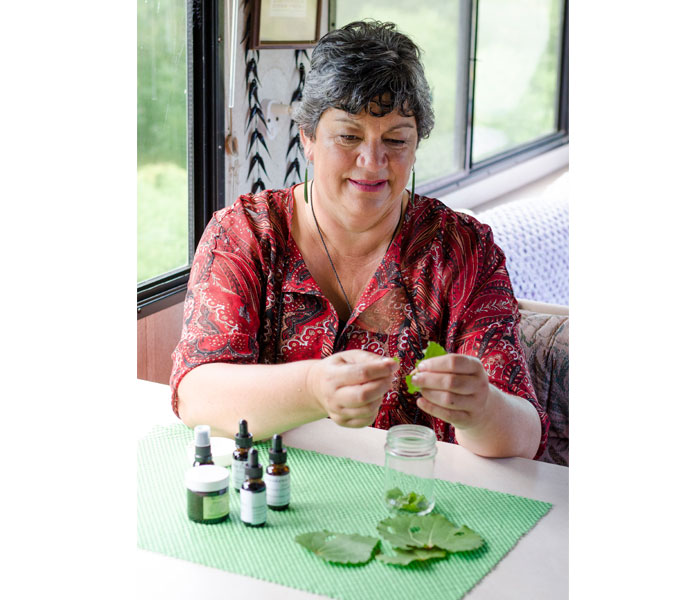
Her madcap routine came to a halt when a much-loved aunt was diagnosed with a terminal illness. Kerridge took her turn caring for her, spending up to eight hours a day giving her gentle massages.
“I had no idea what I was doing, but I knew I couldn’t hurt her,” Kerridge remembers.
Soon there came to be a pattern: “Every time I visited, my aunt would be better for a couple of days; sleep through the night, eat, take herself to the bathroom. Then she would go back to being bedridden and miserable. It made me start to think about what the difference was.
“When someone is sick there’s always the one who does the housework, the one who takes care of the finances, and then there are the ones who take care of the emotions, and I just fell into that. Which was really weird, because all those times in my job there was no room for emotion. My aunt being sick, it was all emotion, and there was no getting away from it.”
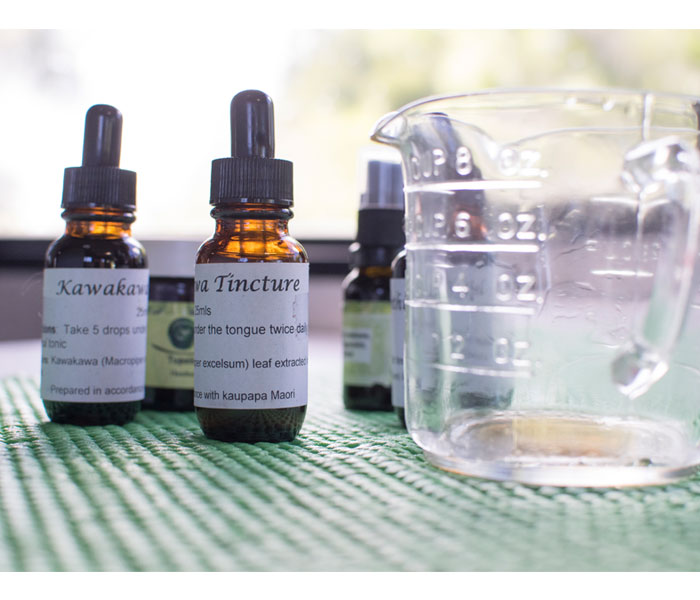
By the time her aunt passed away, Kerridge’s interest in health had been piqued and her life of hotel rooms and fancy restaurants had lost its appeal. She started taking leave and using the time to study, completing a NZ Diploma of Naturopathy and a NZ Diploma of Herbal Medicine. Funded by her IT work, she travelled to Australia and the US to learn different massage techniques.
Then terminal illness struck again. This time it was her mother-in-law, who Kerridge freely admits she had a difficult relationship with. Her husband, overseas on deployment again, told her not to bring his mother home.
“He said it wouldn’t be good for me. But she was terrified; I couldn’t turn her away. I handed over all my work to my second-in-command and said ‘I don’t know when I’ll be back; ring me any time’, and walked out the door. And I never walked back in.”
Kerridge nursed her mother-in-law for four months. She died the day her son returned home from duty.

“We had some amazing times – not all of them good, as was typical of our relationship. When she left this world I had nothing but respect for her strength and determination, and gratitude for all I’d learned caring for her. I had no intention of returning to my old life.”
Instead, she enrolled in a Bachelor of Health Science (Complementary Medicine) from Charles Sturt University in Australia.
In her final year, her class were asked to write a treatment plan for the following case study: a woman with young children, low energy, poor sleep patterns and some nutritional and hormonal deficiencies. Kerridge dutifully wrote down her list of remedies, and listened while others in the class stood up to read out their answers.
“When it came time to stand up I said ‘actually, I’ve got my treatment plan here but having listened to the rest of us, I wouldn’t do that anymore. I would just get her a babysitter!’
“I knew then there was more to good health than lotions, potions, medical interventions and supplements. We’re not seeing these people as people; we’re seeing them as diseases. Many of the things we perceive as illness, I perceive as symptoms of living in a modern world.”

Kerridge finished her degree, but knew then she was better suited to the community-minded approach of Māori medicine.
“I’d say 99 per cent of people who come to my workshops come for the lotions and potions. Then they realise that’s just a small part of it. One of the biggest problems we face today is we’re lonely; we don’t have that connection to home, and to each other.”
For that reason, connection is a big part of the workshops. She describes her approach as “tactfully going through the Māori way of gathering”.
The day begins with a karakia – often thought of as a prayer, but Kerridge likens it more to meditation.
“It’s a way of saying ‘we’re going to leave everything that’s worrying us at the door and focus on what we’re here to learn.’”
The group then spends an hour finding out how they’re linked, either through who they know, where they have lived, what they do for a job… anything that finds common ground.
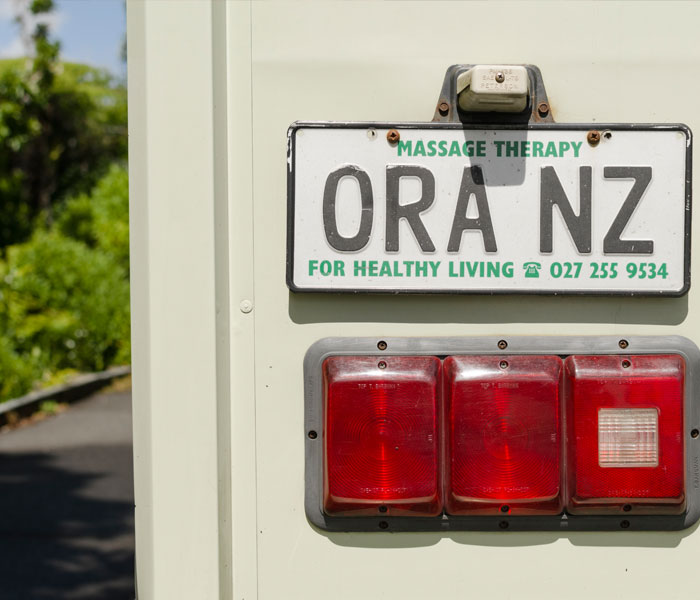
This is something Kerridge didn’t pay much attention to until a woman in one of her groups spent the entire weekend connecting everyone in as many ways as she could – including an American woman who’d just run away from a bad marriage and was living in a rural part of New Zealand (the connection, it turned out, was she lived down the road from Kerridge’s bridesmaid from 37 years ago).
“That group learned in one weekend what we usually teach in three workshops. So now I put a different emphasis on it; students at the workshops start working as a team from the get-go, they’re not just 10 individuals with their pen and paper.”
Her students are also taught how to ‘read’ the earth, using knowledge Māori traditionally passed down from one generation to the next. That knowledge has been diminished through contact with western culture, but Kerridge sought out Rob McGowan, a former priest who is one of the leading authorities on rongoā Māori, to fill in the gaps.
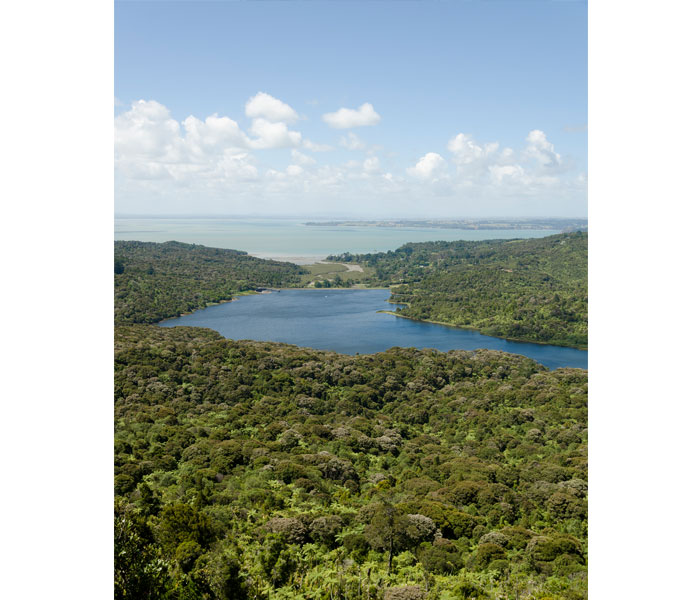
“For example, when the ground has been burnt from bush fires, the kūmarahou tree is one of the first plants to reappear; its job is to heal the burned earth. That plant is what we use to heal burns and respiratory conditions, the kind of things you would get from inhaling smoke.
“When you see a hillside that has slipped, one of the first plants to come up is the mamaku. Its job is to soothe the earth when it’s ripped apart and help hold that soil, so we use the mamaku to help soothe our pipes internally, the digestive system. When you teach people the role of the plants on the earth then you don’t need teachers like me, because you can actually work it out.”
And it’s not just enough to be able to visually identify plants: at night the group is tasked with figuring it all out using just touch and words. And at the end of the course they will, of course, make those ‘lotions and potions’.
As well as running small community workshops, Kerridge presents at mainstream medical conferences and training institutions to try to help bring the benefits of modern and traditional medicine together.
But her new life isn’t all birdsong and bubbling brooks. The Natural Health and Supplementary Products Bill, currently before Parliament, has wide-ranging effects on anyone who works with natural medicines.
Kerridge, who has her own product range, has ended up putting her business skills to work encouraging the government to support and recognise the economic, as well as cultural, benefit of supporting traditional Māori health.

“I thought ‘Oh god, do I really want to go there?’ But I have the skills to have that conversation with the Ministry of Health, so it’s best that I do it. That’s my contribution, I can’t speak Māori, but this I can do, and I can do it well.”
Despite the brief return to boardrooms and bureaucracy, Kerridge is happy to have chosen her semi-nomadic lifestyle.
“Unfortunately the financial rewards aren’t the same,” she laughs, “but every day is inspiring and rewarding. We have no regrets and are ready to settle into this adventure together.”
Words: Rachael Russell
For more from NEXT, follow us on Facebook and Instagram here.


